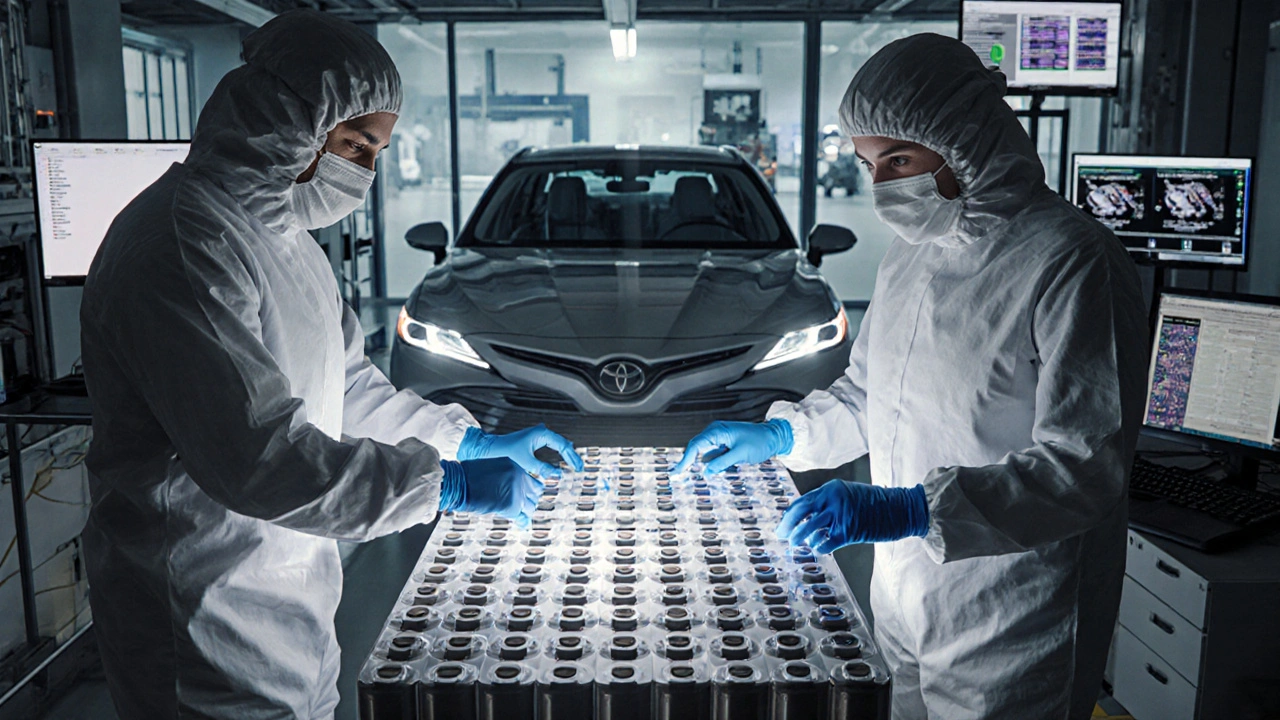EV Battery: What It Is, How It Works, and What You Need to Know
When you think about an EV battery, the high-capacity power source that drives electric vehicles by storing and releasing electrical energy. Also known as a traction battery, it’s the heart of every electric car—no engine, no gas tank, just electricity doing the work. Unlike your phone battery, an EV battery is made up of hundreds or even thousands of individual cells, packed together in modules to deliver the power needed to move a ton of metal down the road. It’s not just about going zero to sixty—it’s about how far you can go before needing to plug in, how long it lasts, and how it behaves in freezing winters or scorching summers.
The battery life, how many years or miles an EV battery can reliably hold charge before significant capacity loss is one of the biggest concerns for buyers. Most manufacturers guarantee 70-80% capacity after 8 years or 100,000 miles, but real-world results vary. Heat is the enemy. Constantly charging to 100% or letting the battery drop to zero speeds up wear. The EV range, the distance an electric vehicle can travel on a single full charge under normal conditions isn’t just a number on a sticker—it’s affected by driving habits, climate control use, terrain, and even tire pressure. A 300-mile range in ideal conditions might drop to 220 miles in winter with the heater on full blast. And yes, battery degradation is real, but it’s slower than most people think. Studies show that after 150,000 miles, most EV batteries still hold over 80% of their original capacity.
What you don’t see—the battery management system—is just as important as the cells themselves. This smart software keeps every cell balanced, prevents overheating, and slows charging when the battery is cold or nearly full. That’s why fast chargers sometimes slow down halfway through: it’s not a glitch, it’s protection. If you’re shopping for an EV, ask about the battery warranty, real-world range reviews (not EPA estimates), and whether the car allows you to set a max charge limit. Those choices matter more than the color of the seats.
Underneath all the hype, an EV battery isn’t magic. It’s engineering—complex, expensive, and improving every year. The posts below cover what you actually need to know: how to test an EV’s battery health during a test drive, what factors kill range faster than anything else, how cold weather impacts charging speed, and why some EVs hold their value better than others. Whether you’re thinking about buying one or just curious how it all works, these guides cut through the noise and give you straight answers.

Solid-State Battery Timelines: From Lab Prototypes to Real-World Car Production
- 11 Comments
- Oct, 15 2025
Solid-state batteries are moving from lab prototypes to real EVs. Learn when they'll hit the market, how they compare to lithium-ion, and why 2026 is the turning point for electric cars.




